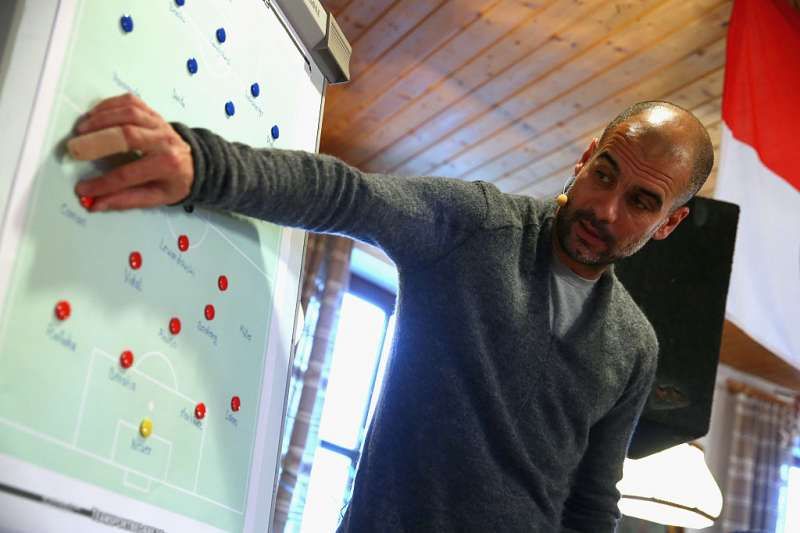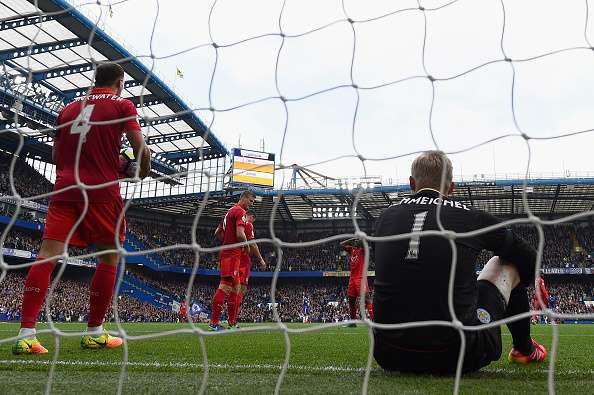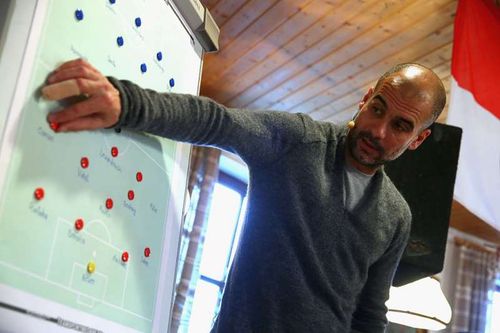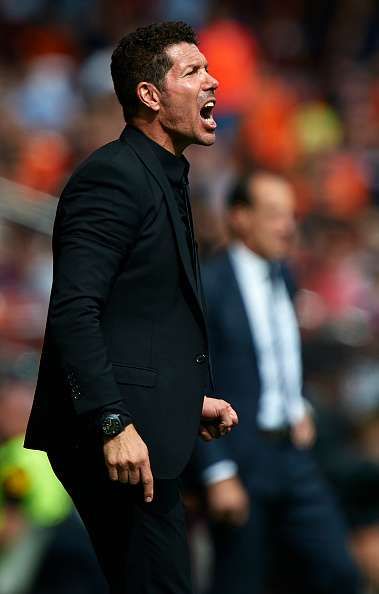
Tactical systems explained: 4-4-2
‘Football is a simple game. 22 men chase a ball for 90 minutes and at the end, the Germans always win.’
–Gary Lineker
Think back on popular football quotes and this classic by Gary Lineker always seems to pop into your head first. This is, of course, a simplistic view of what is nowadays an incredibly tactical and sophisticated sport. Every match is a battle of wits between managers and the stakes seem to keep on rising with the influx of enormous amounts of cash into the game. The landscape is changing.
One thing, however, that has permeated football, decades since its birth is the existence of various tactical systems employed within the game; one system often trumping the other. Just like football, these systems have proven to be cyclic, all the rage during one year, out of fashion the next as coaches constantly try to overcome and reinvent existing trends.
This unyielding race towards a ‘perfect system’ is what keeps the game evolving and a coach who devises a previously unseen formation in a tournament has a higher chance of being successful. For anybody who’s new to watching football, figuring out what the formations mean can be a daunting task. As a part of a series, let’s take a look at what they do. Here’s a simple breakdown of one which has been evergreen in English football, the 4-4-2.
Overview
Quite possibly the most used formation throughout football’s glittering history; almost every team has dedicated itself to the 4-4-2 at some point in time. Its time in the sun has well and truly passed with a few notable exceptions. To employ the 4-4-2 today is seen akin to throwing in the towel; waving the white flag. It’s telling your opponent you have no faith in your own players to execute a more advanced game plan while in possession.
It is, however, easy to understand and implement, and a well-drilled team can be very successful with it. A drawback, though, is that it lacks any complexity whatsoever and doesn’t offer any of the sophisticated lanes and angles offered by the modern, forward-thinking systems.
Strengths
The biggest strength of this system is how quickly the team can transition from defence to offence; The midfield and the defence needn’t delay their attempts to get the ball into advanced positions. Having quick wingers in your team, and central midfielders and strikers who help bring them into the game will more often than not lead to scoring opportunities.
The system thrives with two strikers who genuinely complement one another – Take Michael Owen and Emile Heskey at Liverpool, or Andy Cole and Dwight Yorke at Manchester United.
This system is also one of the few remaining that heavily favours pure wingers. The game is currently dominated by systems tailored to suit inverted wingers (i.e. right footed players playing on the left and vice-versa), but this system is built around wingers who tend to carve out width and stretch the opposition’s defence; they’re also very well supported by the wide fullbacks who are instructed to push forward as well. The end result being a flurry of crosses being delivered into the box for your strikers to poach.
Because the system tends to stretch out play, it leaves gaps in the middle for the strikers to exploit. Think Riyad Mahrez for Leicester City last season or up to some extent, how Manuel Pellegrini employed Jesus Navas.
Beyond this, almost every team’s natural shape in defence ends up as a crude representation of this formation. When teams defend deep while under pressure or during the ends of tight games, they always form two banks of four, which is very compact and leaves no space in midfield to pick out direct passes to the opposition forwards.
Weaknesses

Scratch beneath the sheen of the bombarding forwards and explosive play and the vulnerabilities become startlingly clear; predictability and rigidity. It places immense pressure on the two players in central midfield, one generally being employed as a box-to-box and the other being a defensive midfielder.
They have to be very mobile and constantly switch between attacking and defending. The formation has been around so long, numerous approaches to overcome it have been devised; a task made especially easy if the wide players lack the discipline in performing their defensive duties.
It becomes particularly difficult to keep possession against any team that employs a three-man midfield, meaning one of the team’s forwards will have to drop back to make up the numbers. The defensive minded midfielder will have the responsibility to constantly track back to cover opposition attackers and relieve pressure off the defence leaving gaps in midfield, forcing the team to play out wide.
Conclusion
One of the main benefits of this system is that because it distributes players so evenly across the pitch, it holds up well against teams that play an aggressive game and like to hog the possession. It leaves men unmarked in the attacking half allowing for quick attacks to be sprung from the turnover of possession. That being said, it requires the right personnel to be implemented fruitfully.
Diego Simeone and Claudio Ranieri have done it masterfully. But think back on the 2014-15 season when Brendan Rodgers tried repeatedly to force the formation that brought them agonizingly close to success the previous year, it becomes glaringly obvious that a midfield of Steven Gerrard and Lucas didn’t have the mobility to make it work.
More Football news, transfer rumours, analysis and features at Sportskeeda.com


